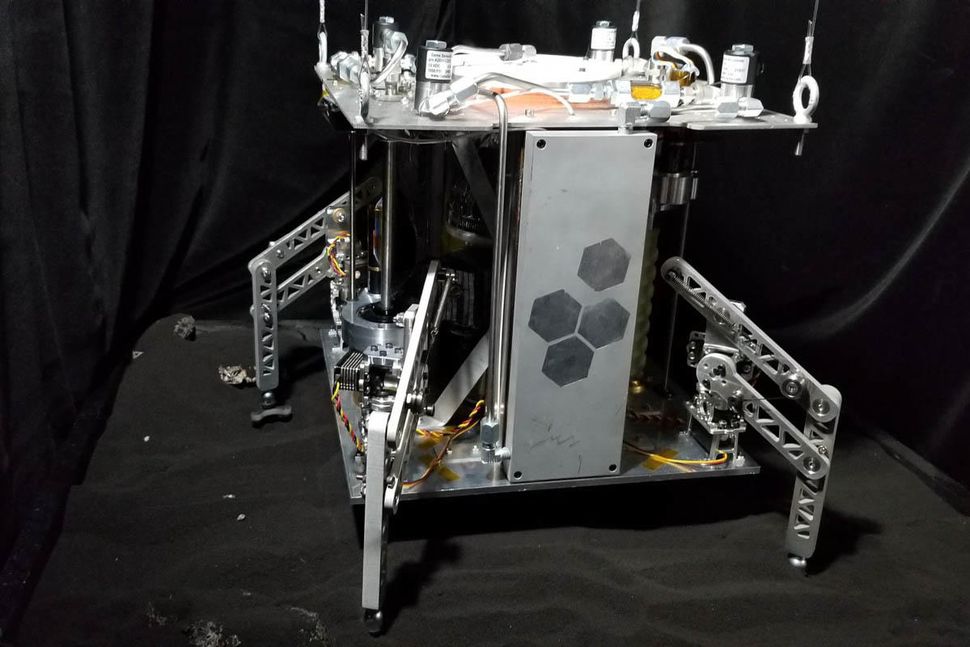wineprototype.jpg

We tend to think of steam powered transportation as an antiquated technology. While we still heat water to steam and generate electricity, we have moved on to liquid fuels, electricity and even compressed air to power our vehicles. However, steam is making a comeback as a propulsion system for spacecraft. Tethers Unlimited is selling a system that uses sunlight for power and water for steam to move tiny satellite called cubesats around in their orbits. There have been suggestions that mining water on the Moon, Mars or asteroids could supply water for steam to propel spacecraft.
Honeybee Robotics is a small spacecraft technology and robotics company with headquarters in Brooklyn, New York. It also has offices in Pasadena, California and Longmont, Colorado. Honeybee was started by Steve Gorevan and Chris Chapman. The company was purchased by Ensign-Bickford Industries. Honeybee has special expertise in the development and operation of the small mechanical tools used on Mars Missions. Honeybee is working on developing tools that can be used to support lunar colonies.
Phil Metzger is a planetary scientist on the faculty of the Planetary Science Department of the University of Central Florida. He is working on what he refers to as “Economic Planetary Science” which he hopes will support the expansion of humanity beyond the surface of the Earth. He worked at NASA for thirty years as an engineer and physicist.
Phil Metzger and Honeybee have collaborated on the World Is Not Enough (WINE) prototype for a spacecraft designed to mine water on asteroids. The project was supported by NASA’s Small Business Innovation Research program. The WINE team is searching for partners who would be interested in aiding the development of the small spacecraft.
Honeybee used simulated asteroid dirt to extract water and power the prototype to launch in a vacuum. Metzger said, “WINE successfully mined the soil, made rocket propellant and launched itself on a jet of steam extracted from the simulant.” He also said that the system could be used anywhere in space where there is ice and low-gravity. In addition to asteroids, this includes places like Pluto or small moons of the gas giants in our solar systems.
Honeybee refers to their mining system as the Spider Water Extraction System. They say that their system can "drill into tough icy and mineral composites that can be as hard as concrete." WINE could use steam to move around in space and solar panels or nuclear batteries to power mining on astronomical bodies. Metzger said that "WINE was designed to never run out of propellant so exploration will be less expensive. It also allows us to explore in a shorter amount of time, since we don't have to wait for years as a new spacecraft travels from Earth each time.”
The Honeybee vision for the WINE is have the unmanned craft sail around the solar system exploring asteroids. By using the ice on asteroids for propulsion, the spacecraft could spend years roaming around in space without the need for any external source of fuel.